Restructuring to attract FDI: From quantity to quality
Vietnam has recorded many successes in attracting FDI over the past three decades, with a total investment capital of over 400 billion USD, contributing significantly to export growth, job creation and industrial infrastructure development. However, most FDI projects still focus on assembly and processing, with low added value, while high-tech fields such as semiconductors, artificial intelligence, biotechnology or new materials account for only a very limited proportion. This poses a major challenge in transforming Vietnam's economy from a growth model based on cheap labor to an economy based on innovation and advanced technology.
The draft revised Law on High Technology was developed to overcome these limitations. One of the important highlights is to raise the criteria for defining high-tech enterprises, requiring enterprises to own or acquire core technology at the level of "innovation and development" or "mastery and improvement". This aims to attract FDI projects with real high-tech value, instead of relying only on total investment capital or factory area.
In addition, the draft law classifies high-tech enterprises into two groups to apply different tax incentive mechanisms. Specifically:
Group 1, for enterprises with over 30% of capital held by domestic investors, enjoys the highest incentives: Corporate income tax exemption for 4 years, 50% reduction for the next 9 years, and preferential tax rate of 10% for 15 years.
Group 2, mainly 100% foreign-owned FDI enterprises, is only exempted from tax for 2 years, reduced by 50% for 4 years and applies a preferential tax rate of 15%. This stratification aims to balance incentives to attract FDI and encourage Vietnamese enterprises to participate more deeply in the high-tech value chain, while avoiding the situation of "incentive bleeding" without creating real added value.
The draft also proposes to abolish the Certificate of High-Tech Enterprise, replacing it with a mechanism of self-assessment based on criteria. This solution aims to reduce administrative procedures, shorten the time to determine incentives, but also sets high requirements for transparency and supervision, and requires clear transitional regulations so that existing enterprises do not lose incentives while still meeting the new criteria. This is an important step to create a flexible yet stable legal environment, which is always a top priority for strategic investors.

Completing the High Technology Law: Creating a new foundation to attract strategic FDI.
Impact and solutions to enhance the high-tech ecosystem
The amendment of the Law on High Technology is not only a "formal" matter in investment incentives, but also opens up opportunities for Vietnam to build a synchronous high-tech ecosystem, helping FDI capital to spread technology to domestic enterprises. High-tech FDI brings many other values besides capital: advanced technology, modern management knowledge, technical standards, human resource training, and especially technology transfer opportunities, decisive factors in helping countries build strong domestic supply chains.
Experience from Korea, Singapore, and India shows that attracting large technology corporations such as Samsung, Intel, and Google does not rely solely on tax incentives, but on the ability to create a stable legal environment, modern research infrastructure, and effective linkage mechanisms between FDI enterprises, domestic enterprises, institutes, and schools. Vietnam has advantages from abundant human resources, a large market, and a strategic geographical location, but it needs to supplement synchronous support policies to turn this potential into a real competitive advantage.
Experts suggest that in order for the revised Law on High Technology to truly become a "magnet" to attract strategic FDI, it is necessary to implement the following synchronous solutions:
Measuring the technology absorption capacity of Vietnamese enterprises to design appropriate upgrading mechanisms. Only encouraging "transfer acceptance" without leading FDI flows can cause resources to be dispersed, reducing the effectiveness of domestic enterprise development.
Attracting FDI in the direction of leading, spreading, and transferring requires FDI projects to have clear and measurable plans for R&D cooperation, human resource training, or technology transfer.
Promote linkages between FDI enterprises, domestic enterprises, institutes and schools through co-funding programs for research, development of innovative industrial clusters, research and joint design centers.
Building new generation high-tech zones and innovation clusters, not only as production sites but also as research, testing and innovation spaces, creating attraction for strategic investors.
Develop a fund to support innovation and domestic enterprises to receive technology, helping Vietnamese enterprises improve their R&D capacity, operate technology and participate in the global supply chain.
If implemented synchronously, the revised Law on High Technology will create a dual impact: attracting FDI capital flows with high technology value and at the same time enhancing the capacity of domestic enterprises, contributing to the formation of a sustainable innovation ecosystem. This is an important condition for Vietnam to not only become an attractive destination for technology corporations, but also build proactive capacity in researching and producing advanced technology.
Furthermore, completing the legal framework also helps Vietnam be more proactive in its international integration commitments, ensuring that FDI incentive policies are consistent with transparent, non-discriminatory and predictable standards, factors that multinational corporations are particularly interested in when choosing investment destinations.
Along with upgrading research infrastructure, developing high-quality human resources and strong intellectual property policies, amending the Law on High Technology is an opportunity for Vietnam to transform its growth model, from relying on cheap resources to an innovative, high-tech and sustainable economy.
In the context of increasingly fierce global FDI competition, the revised Law on High Technology, if implemented consistently and combined synchronously with domestic enterprise development policies, will become an important tool to help Vietnam attract strategic projects, increase the added value of FDI capital flows, while creating new momentum for economic growth and enhancing the country's position on the regional and world technology map.
Source: https://mst.gov.vn/hoan-thien-luat-cong-nghe-cao-tao-nen-tang-moi-thu-hut-fdi-chien-luoc-197251117143442421.htm




![[Photo] General Secretary To Lam and National Assembly Chairman Tran Thanh Man attend the 80th Anniversary of the Traditional Day of the Vietnamese Inspection Sector](https://vphoto.vietnam.vn/thumb/1200x675/vietnam/resource/IMAGE/2025/11/17/1763356362984_a2-bnd-7940-3561-jpg.webp)


















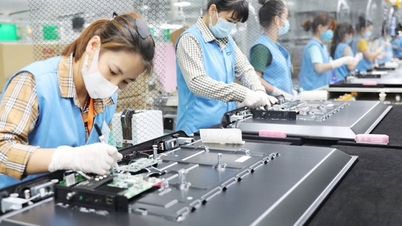























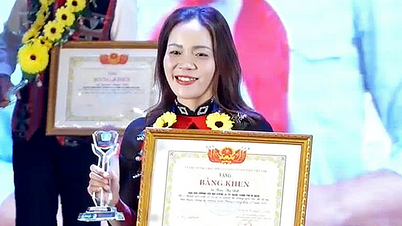










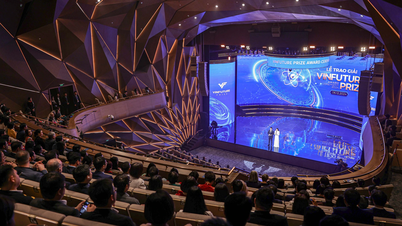
















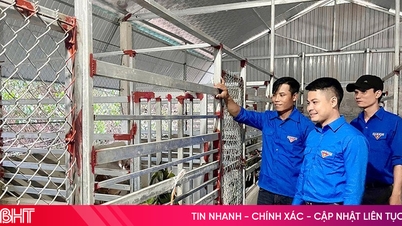



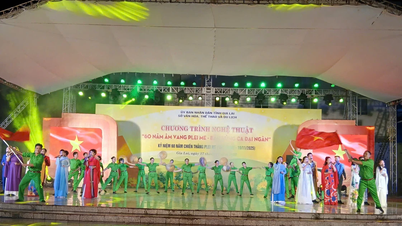



















Comment (0)